From what parts does a tent consist of?
A tent consists of many individual components that form a functional unit and should therefore be precisely coordinated with each other. The choice of materials and functions depends on your needs and personal preferences.
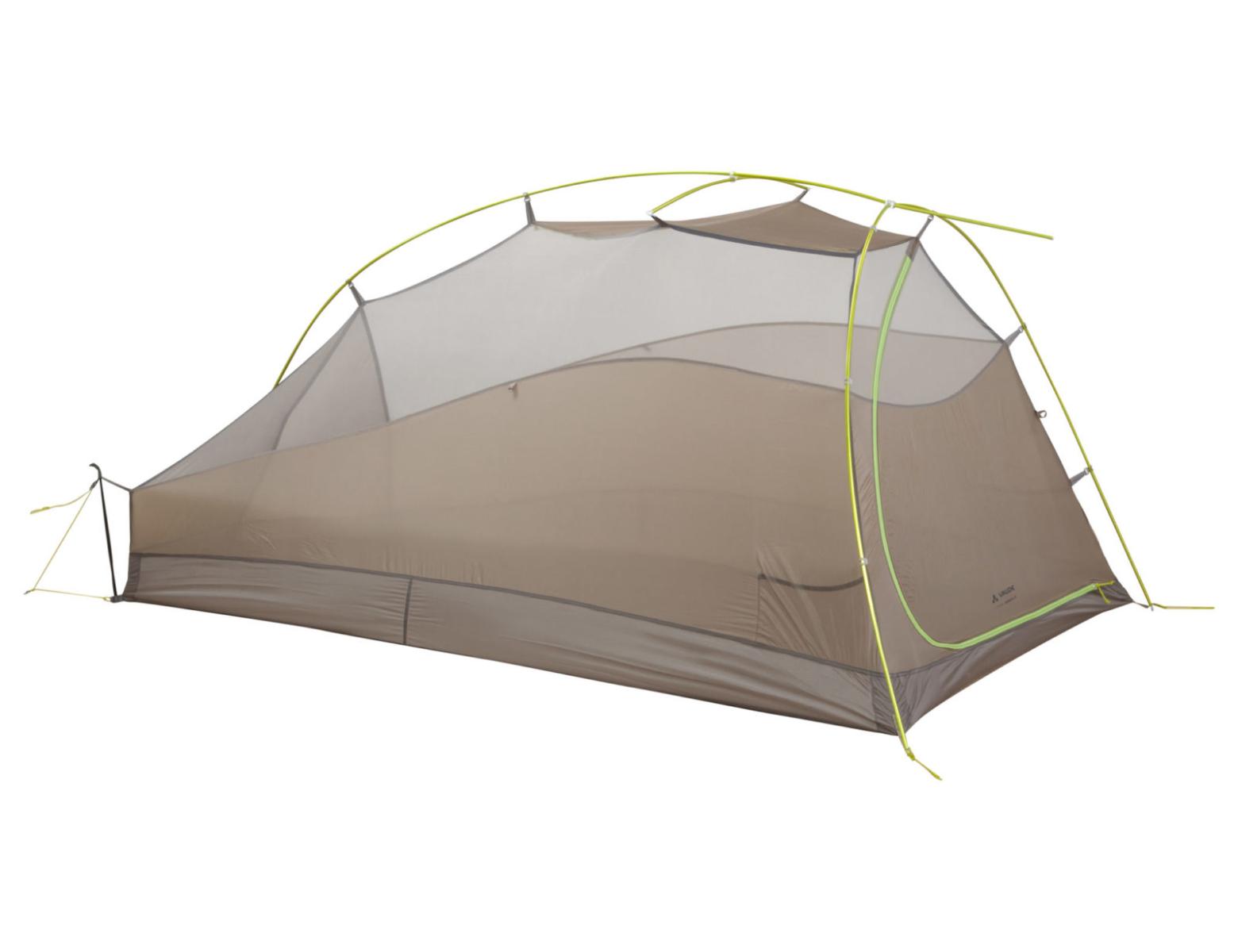

Inner tent
Indoor climate and vapor permeability are especially important in the inner tent, as this is the actual sleeping area of the tent. Fine mesh material (polyamide, polyester) as well as strong ripstop material provide a comfortable climate. Moisture is quickly transported away and at the same time there is sufficient protection against condensation. A mosquito net at the entrance also keeps annoying insects away. The ripstop fabric transfers the textile tension and ensures the best use of space.
Our range includes both inner tents with very airy material, for warm temperatures, and with thicker material. The latter is particularly suitable for cool temperatures and due to its density minimizes the dripping of condensation moisture into the interior.
The tent floor is also Bestandteild es inner tent. Since it lies directly on the ground, the material is subjected to high stress and pressure. Accordingly, it is designed to be robust and withstand a water column of at least 3,000 mm.
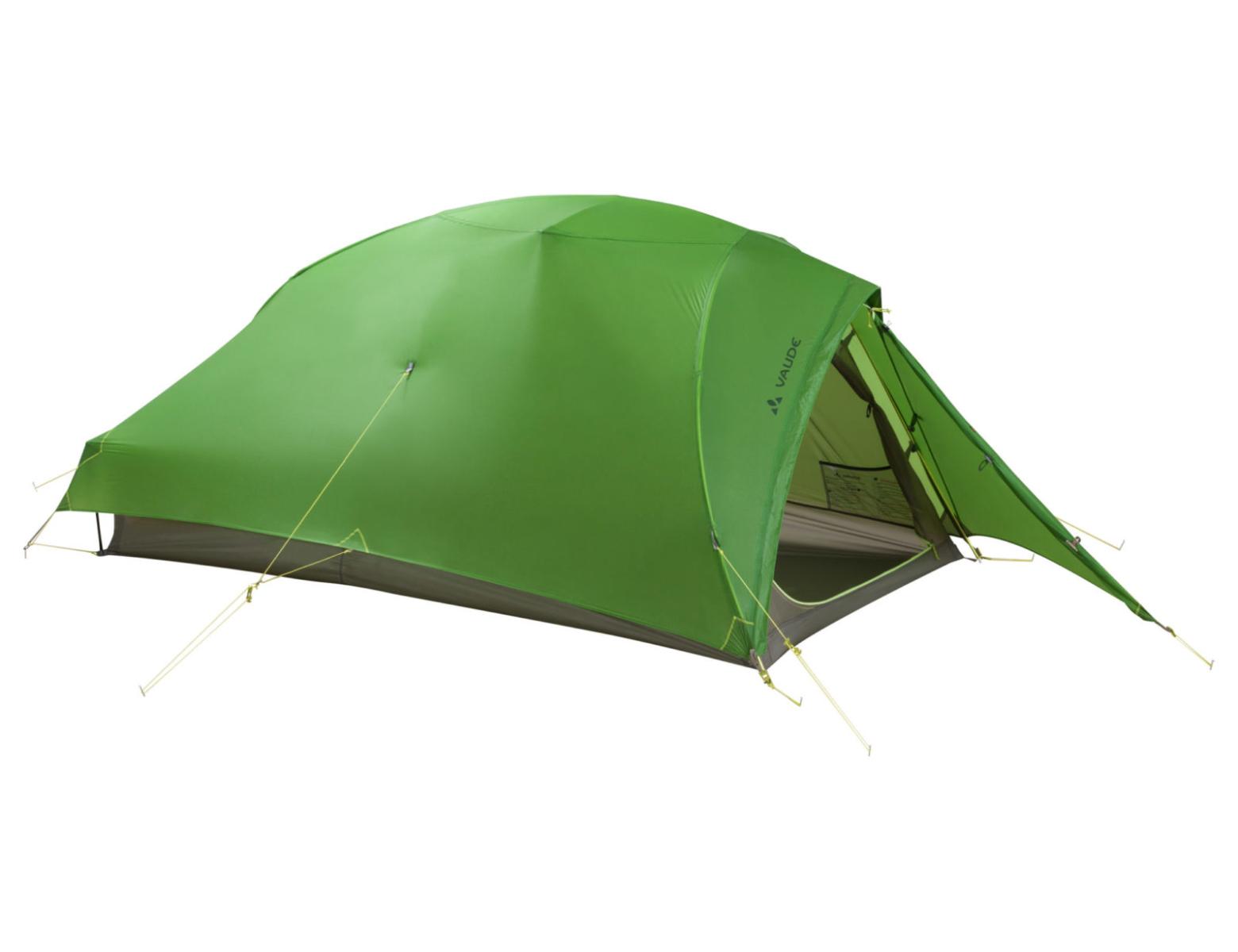

Outer tent
The outer shell of a tent primarily fulfills the function of weather protection. The materials and coatings used depend on the intended use of the tent.
Below we have summarized all coating and material variants of our outer tents with their advantages for you:
PU coating
Polyurethane (PU) is a synthetic material with strong water-repellent properties. Materials with PU coating are permanently waterproof and robust. Nevertheless, they draw water on the inside and transport it to the outside to reduce condensation inside the tent. When choosing an outer shell with PU coating, keep in mind that the plastic layer increases overall weight and pack size.
Silicone/PU coating
A triple silicone coating (Si) on the outside of the outer tent provides increased tear resistance, UV resistance and a beading effect. At the same time, the polyurethane coating (PU) on the inside ensures optimum comfort thanks to reduced condensation.
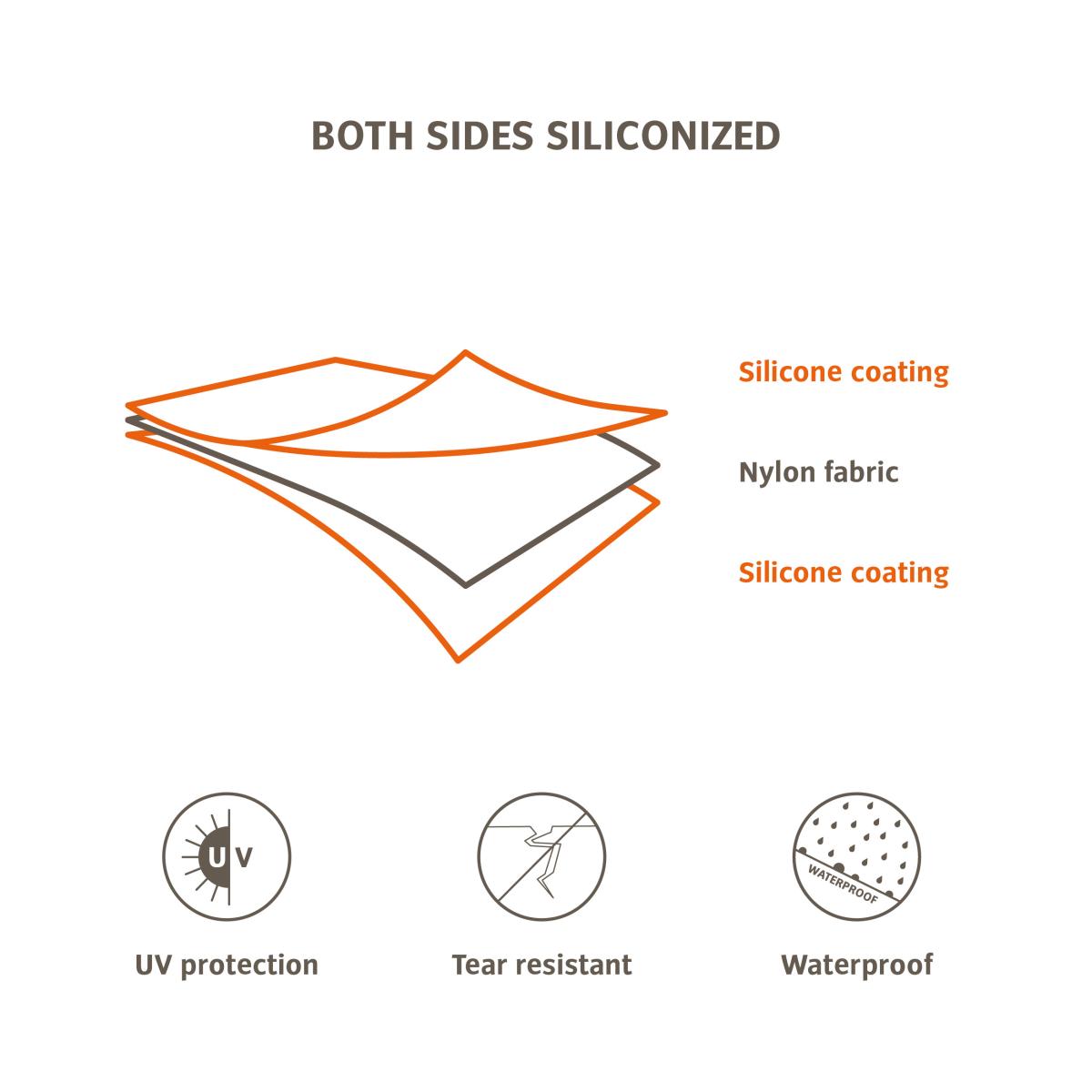

Silicone/Silicone Coating
Silicone coating can be applied inside and outside on a tent skin made of nylon fabric. It provides a high level of protection against harmful UV radiation and allows raindrops to simply roll off the outer wall. The tear resistance of the material is increased, the service life is extended and the weight is reduced.
With siliconized flysheets, you should pay particular attention to ensuring that ventilation is adequate, otherwise condensation will build up inside the tent.
Polyester
Polyester (PES) is, next to polyamide, an important basic material for the construction of the tent skin. This is often additionally coated or siliconized. PES is a synthetic fiber with good moisture-transporting properties as well as low absorbency, making it particularly suitable for tents.
However, some people are allergic to polyester. However, since there is normally no direct contact of the body with the outer tent, this should hardly be a problem.
Polyamide
Polyamide (PA), also known as "nylon", is, like polyester, a synthetic fiber. PA is characterized by low moisture absorption as well as quick-drying properties. The fibers are also very light, stretchy and elastic. Polyamide is sensitive to heat, so should not be exposed to excessively high temperatures.
Polyester/polyamide
Polyester and polyamide are synthetic fibers that have low absorbency and immediately wick moisture to the outside. They are lightweight and versatile.
Tent floor
The tent floor is exposed to particular stresses due to stones, moisture or ground creatures such as ants and must therefore be particularly resistant. VAUDE tent floors are especially tightly woven and reinforced with ripstop threads. The floors of our Ultralight (UL) tents are even resistant to formic acid.
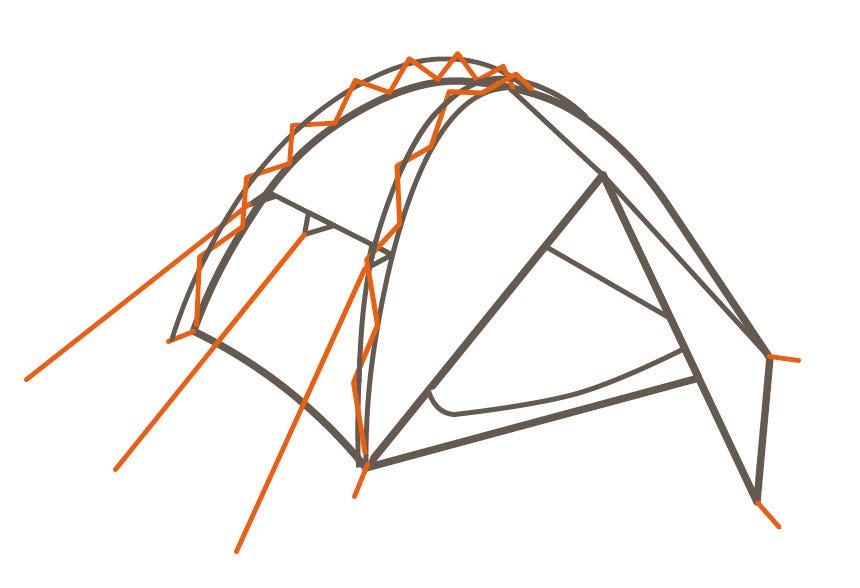

Guy lines
Guy lines provide the necessary support for the tent and make it really wind- and weatherproof. The canvas material is extremely low-stretch and maintains its original length even after years of use.
With the help of tent tensioners, the tent can be tensioned even when it is erected. Some tent tensioners even glow in the dark to make them easier to use. Since the distances to the pegs vary, the line length can also be adjusted.
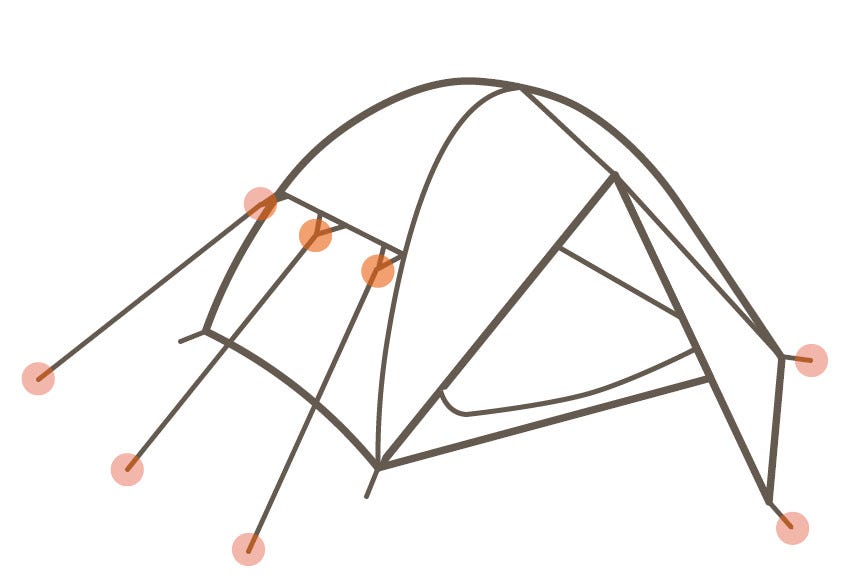

Guy points
A tent has various guy points where guy lines are fixed. They are attached directly to the outer tent and serve to distribute peak loads and stabilize the tent so that it is protected from wind and weather. The more guy points there are (depending on the tent construction), the more stable the tent will be.
Poles
The poles form the basic framework of the tent and give it its shape. It must not be too heavy, but at the same time it must withstand high loads caused by wind or rain. All our poles are easy to handle for a quick setup.
Assembly aid
To simplify set-up, all poles or pole sections and pole channels are color coded.
Material
VAUDE only uses quality aluminum poles with internal rubber. Aluminum is light and flexible and bends rather than breaks - an important safety aspect. Broken poles often cause severe damage to the tent skin due to the sharp-edged breaking points.
If a tent pole does break, a repair sleeve is included with each tent. Thus, a broken pole can be quickly and easily repaired even during the tour.
Brand supplier
For our tents we use high-quality components of the South Korean manufacturer DAC (Dong Ah Aluminium Corporation). The company is a leader in the development of new product solutions for tent poles. Like VAUDE, this partner attaches great importance to social and ecological commitment.
We have even agreed on a development partnership with the manufacturer DAC. This allows us to make better and more extensive use of the complete DAC "know how" in new developments.


Dong Ah Aluminium Corporation, based in South Korea, has been a driving force in the tent industry for more than 25 years. Its founder Jake Lah has a degree in history and economics, and is a lover of art and nature. All this is also reflected in his company. Not only does it feature numerous innovations and produce on numerous machines developed in-house, but it also has a great social and ecological commitment. On the company's premises are just as a small botanical garden and an art collection, as well as an observatory and a test center with wind and snow load tests.
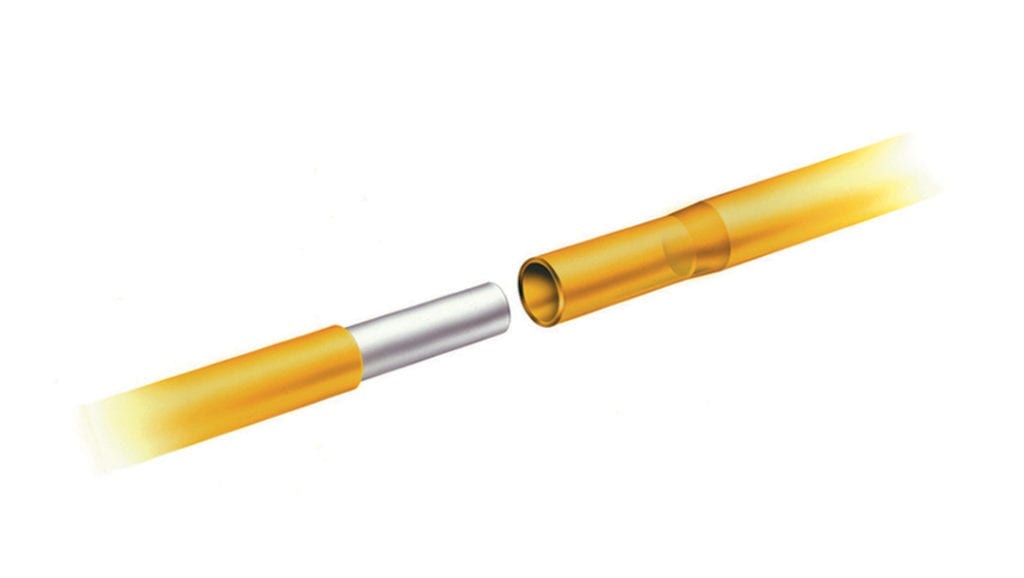

Combination Poles:
Different pole diameters can be combined. Thinner segments in the pole center simultaneously allow for steep tent walls (= more usable space due to thicker segments) and a shallow arch in the center (= more headroom due to thinner segments).
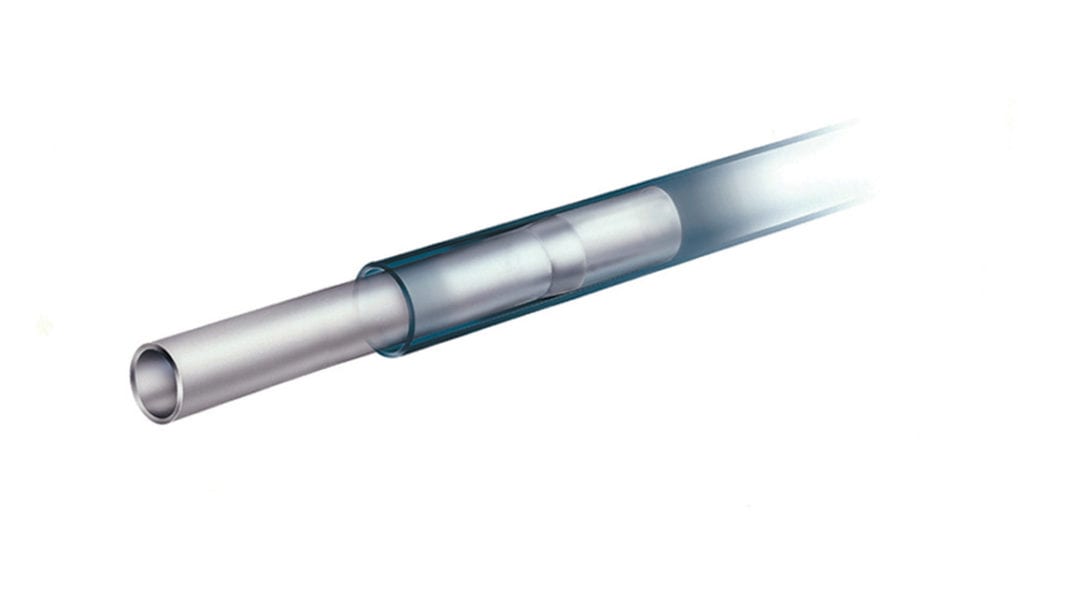

Pressfit:
The connecting sleeve with a diameter increased by 0.02 mm is pressed into the pole segment. This means that the sleeve is firmly connected to the segment without the need for the usual grit to fix the sleeve. This injures the aluminum and is often the starting point for material fatigue.
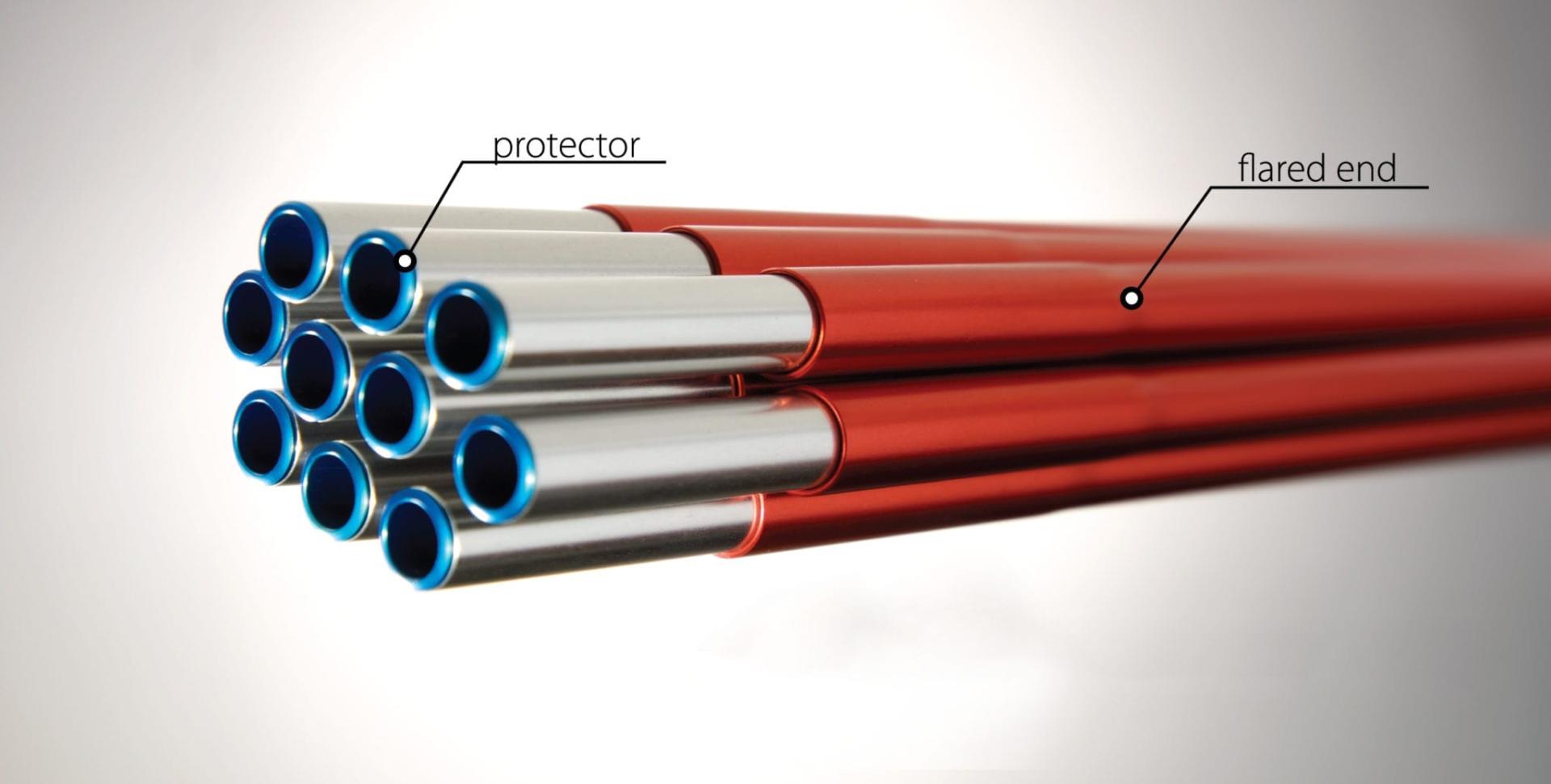

Featherlight NSL:
The diameter of the rod segment is smaller and widens at the end where it receives the connecting sleeve. This is normally the weakest point of a boom. By widening the diameter, this point is strengthened and at the same time the segment can be made thinner and therefore easier to work with.
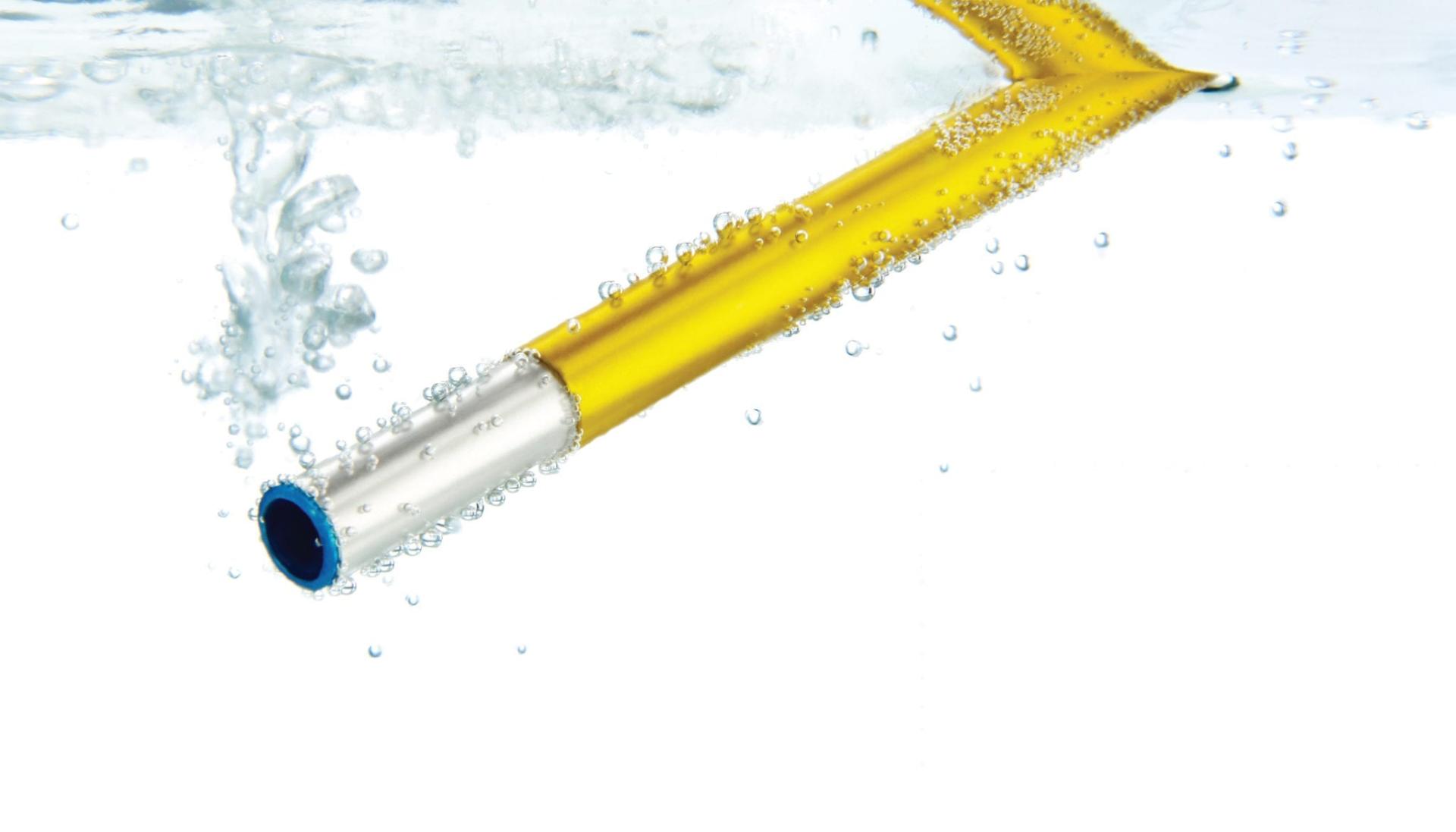

Green Anodizing:
For the first rinse, fresh water could be replaced with treated water. Phosphoric and nitric acids, as well as 90% of petroleum-based detergents were saved.
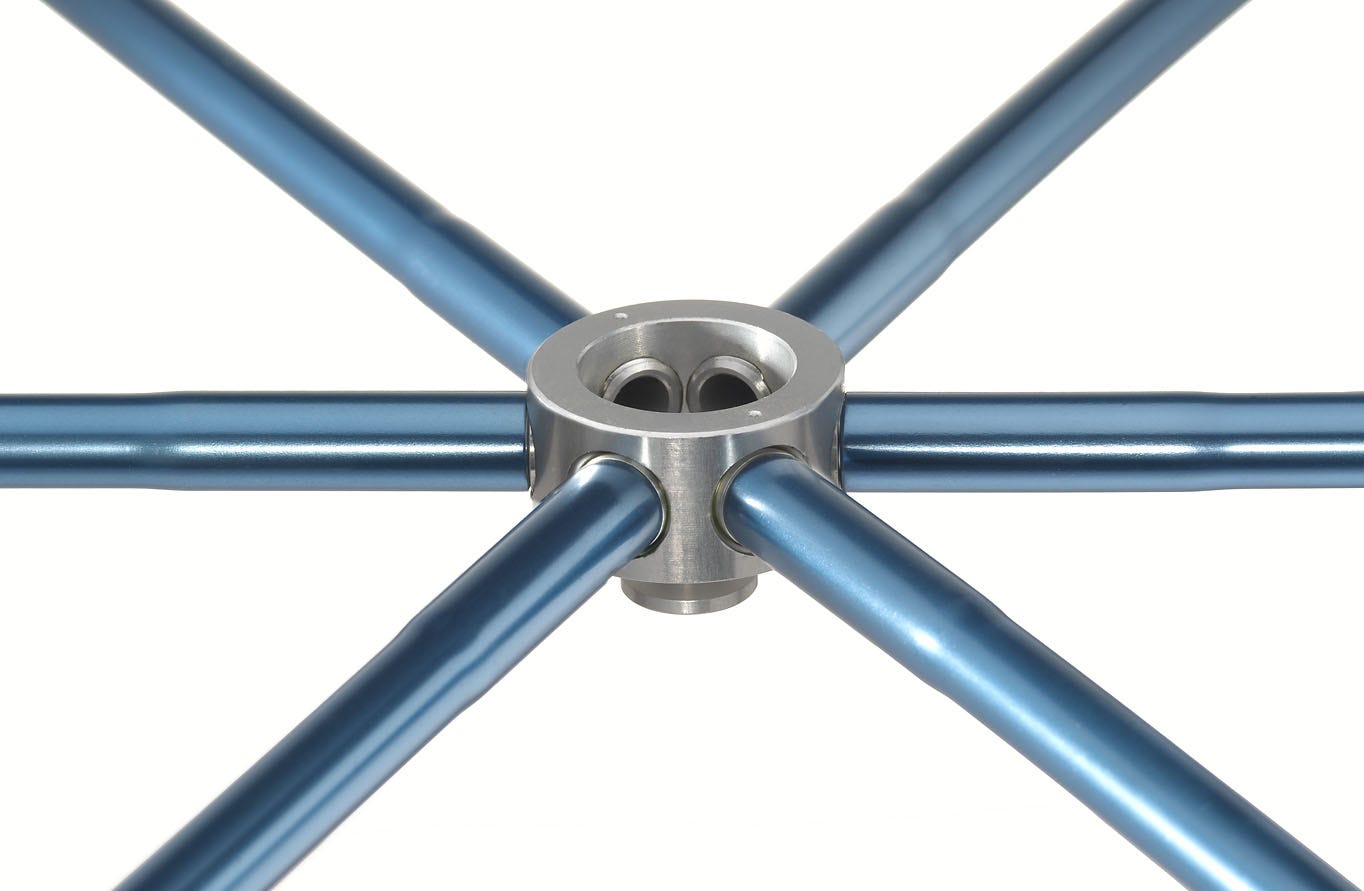

DAC TOYS:
DAC TOYS offers new structures with more safety. Sunflower Hub is a small and well-made aluminum push-fit connector with threaded inserts. By adjusting the angles and connecting a different number of poles, tent designers are more flexible in creating innovative and user-friendly tent models. The Hub and H-Clip reinforce the tent structure by allowing additional bracing to be added at any departure angle.
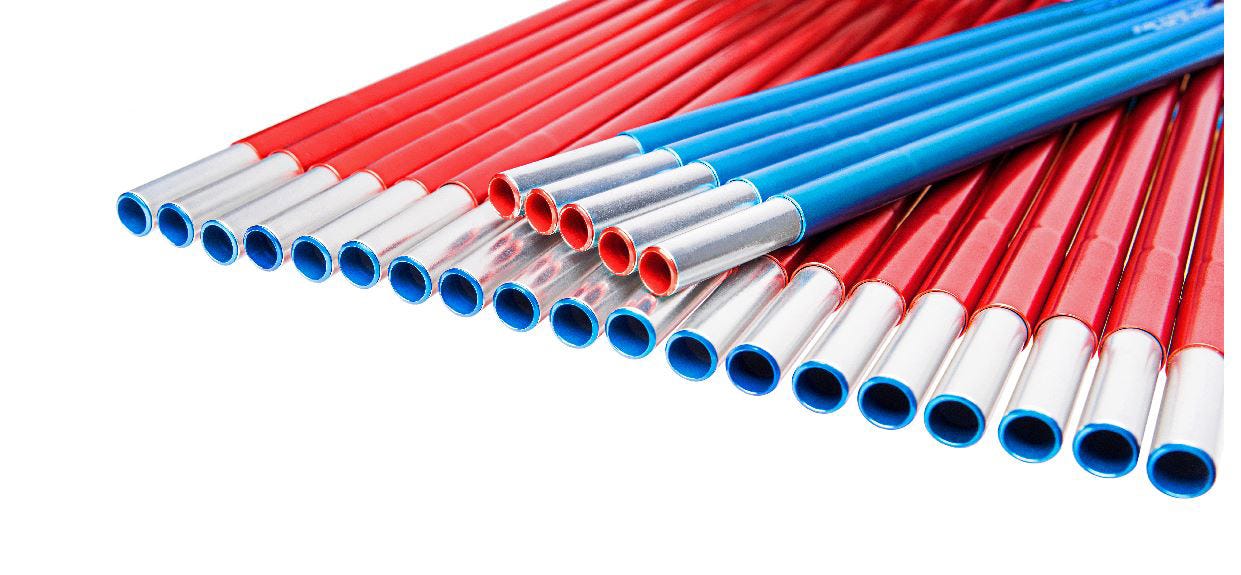

DAC NFL: New Featherlight
NFL tent poles are THE new standard for ultralight backpacker tents. They are manufactured using the same high-precision production process first used in the Pressfit Series and further improved in the NSL Series. Compared to NSL, the NFL poles have about 25% thinner wall thickness and about 2-3% more outer diameter. This makes them the lightest tent poles in the world in terms of stiffness and strength.
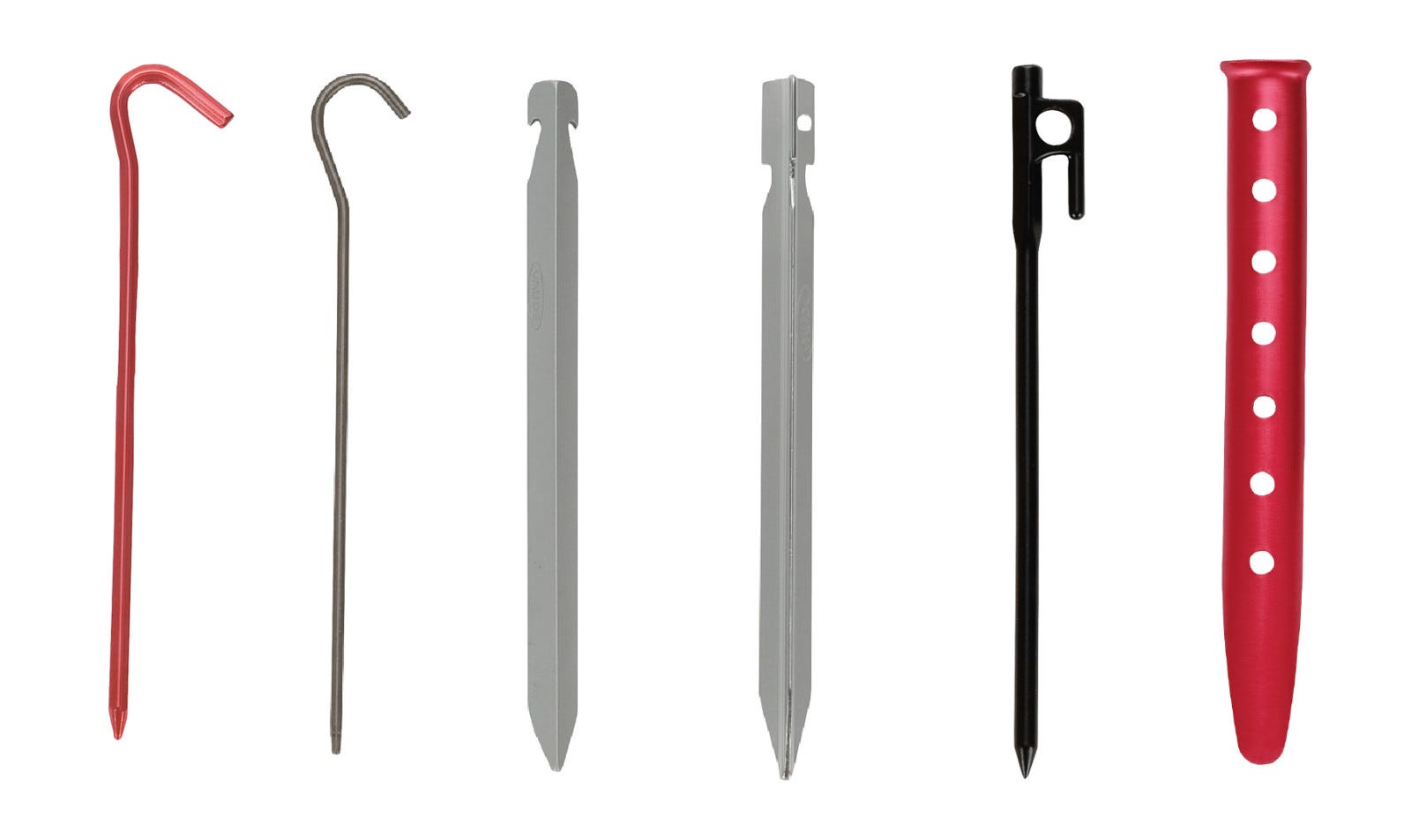

Pegs
Pegs are used to secure and brace the tent. They are made of materials such as steel, titanium or aluminum and vary in size and shape. The decisive factor for the choice is above all the ground in which the peg is to provide a hold. The harder the ground, the harder and thinner the peg should be.
All VAUDE tents are delivered with the number of pegs that allows the tent to be pitched for the first time. However, depending on the destination and travel time, ground conditions (grass, pebbles, sand, snow, stone) and climate change.
Here completely different pegs (aluminum, steel, iron, plastic) in different lengths, thus also different weight are used. We can hardly cover these various possibilities and ask for your understanding that we leave the individual basic equipment to the customers.
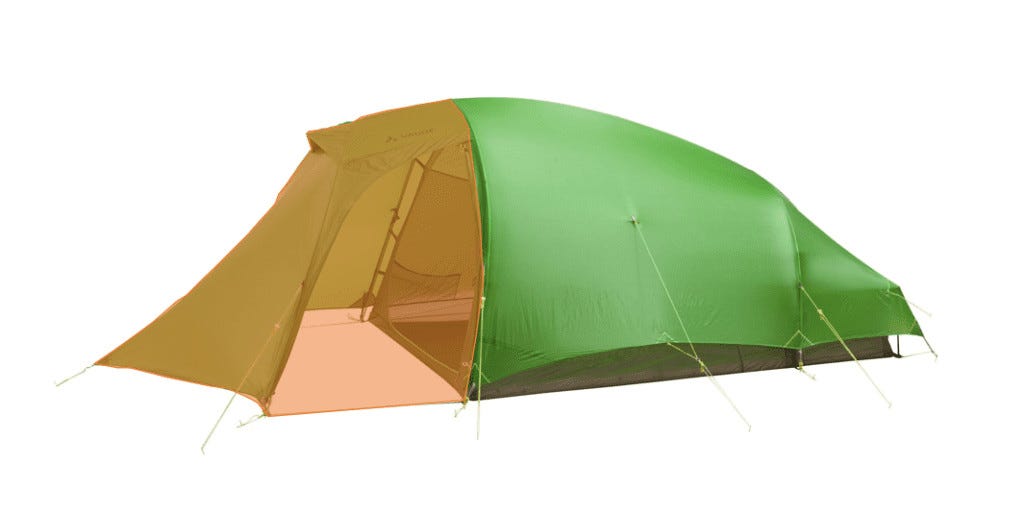

Apsis
Apses are niches between the inner tent and the outer shell, separated from the sleeping area. They offer space for bulky luggage and things that should not be stored in the inner tent (e.g. wet shoes or dirty equipment).
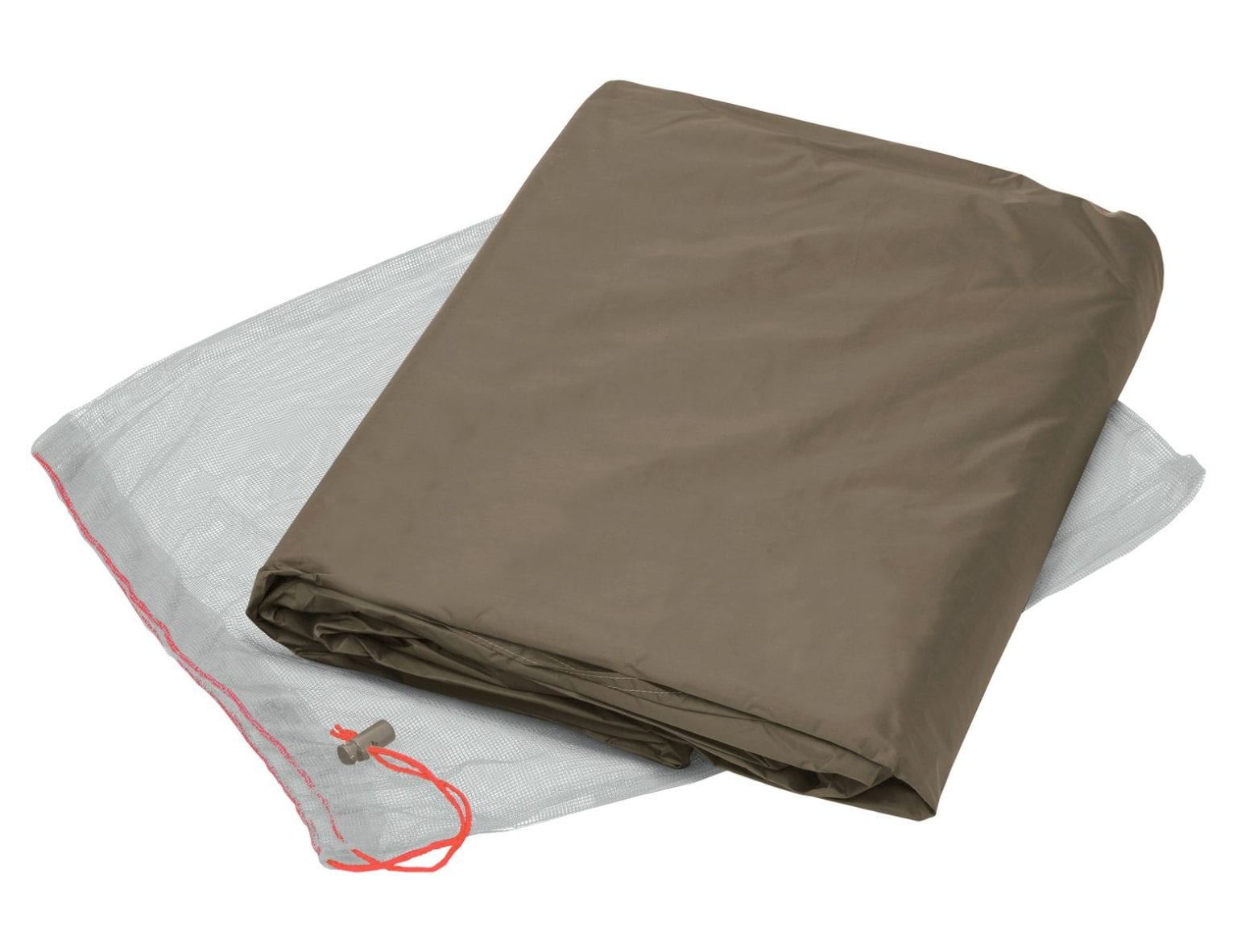

Floor Protector
For each of our tent models we offer a . This covers the entire tent area (inner tent and vestibules). However, it is slightly smaller to prevent the space between the Floor Protector and the tent from filling with water when it rains.
Although this additional equipment again means extra weight during transport, it offers unbeatable advantages, especially when the tent is used frequently:
- safe protection of the tent floor from muddy ground, thorns and sharp stones
- prolongs the life of the tent
- Carpet pad in the area of the vestibule
- additional protection against moisture from the ground
- reduces the formation of condensation in the tent
We recommend to use every tent always with Floor Protector.
Ventilation
Ventilation is especially important to prevent the formation of condensation moisture inside the tent.
VAUDE tents have various ventilation options:
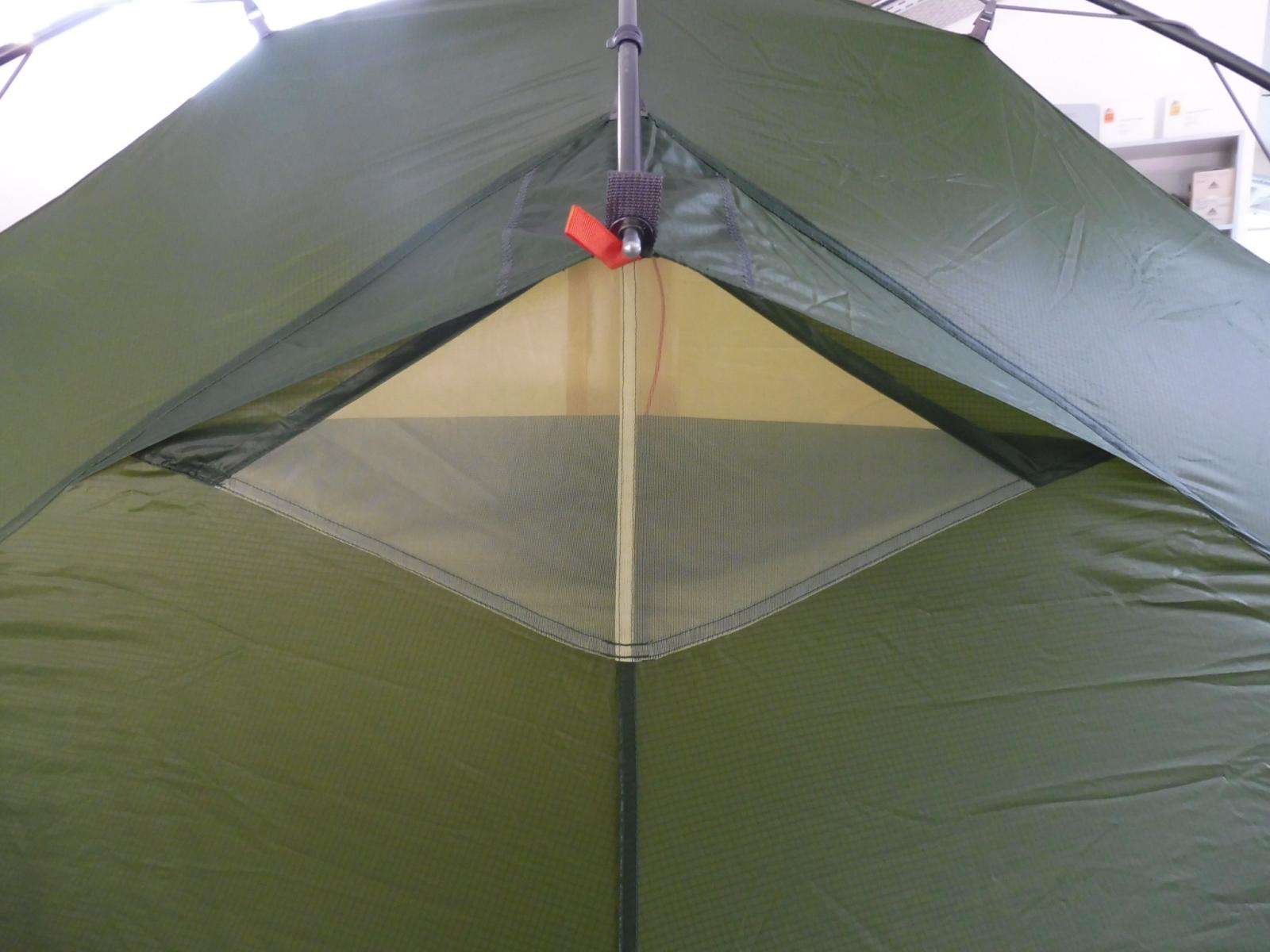

Control Air is a window ventilation that can be continuously regulated from the inside.
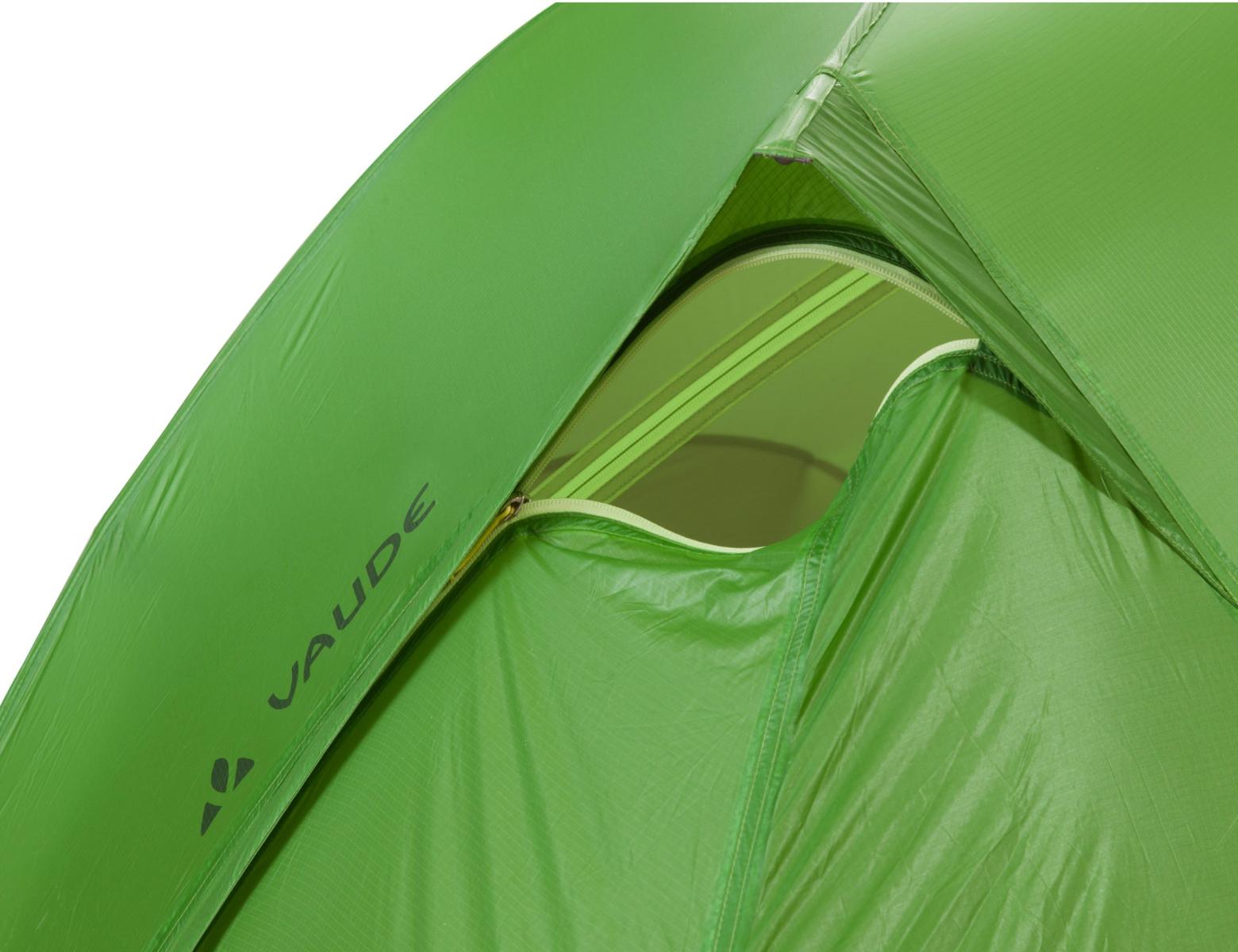

The Ventilation Hood is a rain-protected ventilation area that is regulated via the 4-way zipper at the tent entrance (can be opened in both directions - from above or below).

